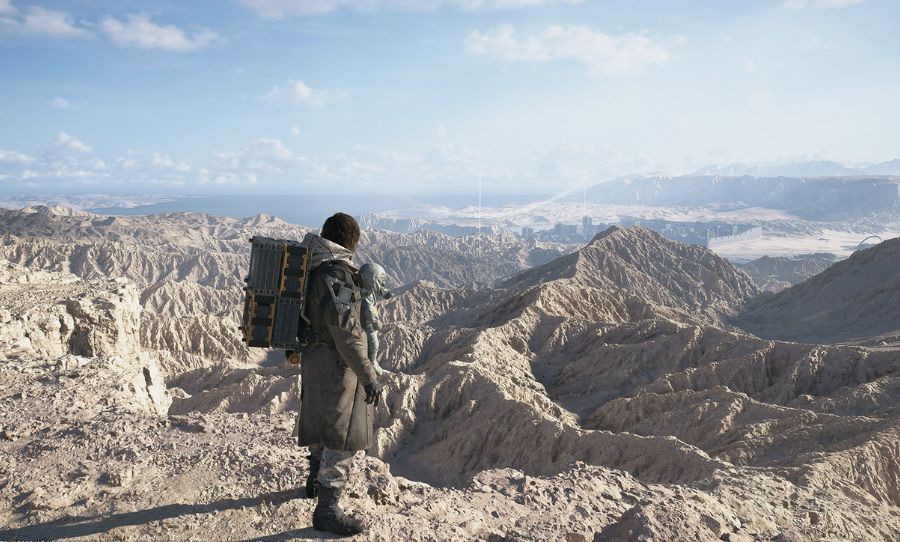Death Stranding 2: On the Beach Review – Stealth feels cleaner, combat’s more responsive, & WOODKID’s soundtrack totally sets the tone
There’s no one quite like Hideo Kojima. And with Death Stranding 2: On the Beach, he’s doubled down on everything that made the original game divisive, beautiful, and quietly revolutionary.
Part interactive art piece, part philosophical deep-dive, and somehow still a AAA action game — On the Beach is a genre-defying sequel that walks its own weird, wonderful path and is more accessible than its predecessor.
Set 11 months after the first game’s finale, this time around Sam Porter Bridges (Norman Reedus, still grimy and endearing) is pulled back into the fractured remains of a post-Death Stranding world.
But this isn’t the America of old — after a brief early game stint in Mexico, Kojima has shifted the stage to a haunting, sand-swept version of Australia.
Think Sydney swallowed by dunes, echidnas roaming through BT fog, and wombats that blink into other dimensions.
It’s surreal, unsettling, and oddly moving.
Gameplay-wise, On the Beach retains the slow, deliberate traversal of the first game, but now with more tools, companions, and threats.
The new terrain system makes even short journeys unpredictable — bridges collapse, sandstorms distort time, and the line between the real and the spectral feels thinner than ever.
But for every moment of quiet reflection, there’s a burst of strange, cinematic action.
Stealth has evolved, combat is sharper, and the new musical score from WOODKID might just be the soul of the game.
Kojima’s obsessions — with connection, isolation, technology, mortality — are more pronounced here. Fragile’s back, older and more bitter.
New faces, including a new, Mimir from God of War style, companion Dollman, bring fresh energy to a story that somehow weaves in quantum physics, government surveillance, and the metaphysical importance of hugs.
It’s not always smooth sailing. Some players will still bounce off the pacing. The long stretches of walking, the oddball dialogue, the hours of cutscenes — it’s all very Kojima.
But for those willing to tune in to its frequency, On the Beach is a rare thing: a blockbuster that feels intimate, eccentric, and deeply personal.
One smart addition is the Corpus, an in-game encyclopedia and narrative glossary that helps both newcomers and returning players keep pace with Kojima’s dense lore.
Whether you’re decoding the nature of the Beach, catching up on BB mythology, or just trying to remember what the Q-pid is, the Corpus keeps everything accessible. It’s a lifeline in a world built on ambiguity.
The visuals are unreal. Built in Guerrilla’s Decima engine (also used for Horizon Forbidden West), it pushes the PS5 to its limits. Lighting, facial capture, and environmental detail are jaw-dropping.
And don’t even get us started on the beaches — endless, eerie, and beautiful enough to make you want to walk straight into the sea.
If the first Death Stranding was about reconnecting a broken world, On the Beach feels more existential.
It asks what comes after the apocalypse — and whether rebuilding is worth it.
Heavy stuff for a game where you can also slip on a rock and fall face-first into a corpse puddle.
Strange, sad, and stunning, Death Stranding 2: On the Beach is Kojima unfiltered — and we wouldn’t want it any other way.



